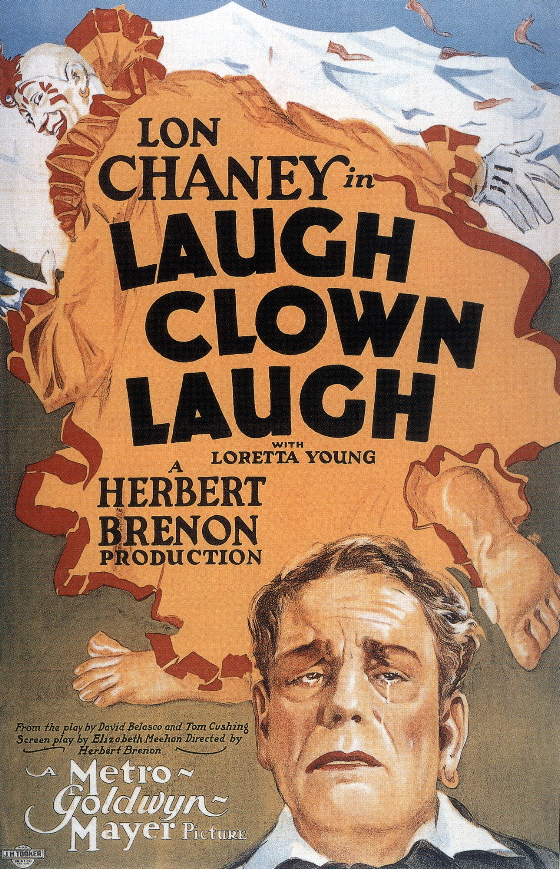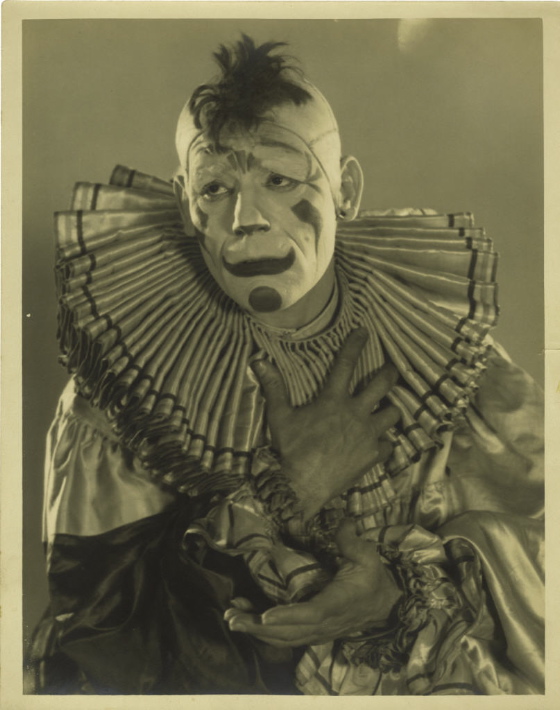
Silent cinema is another country — there’s almost no one left alive who can
visit it except as a stranger. Its narrative language is to the
narrative language of modern films what ancient Greek is to modern
Greek — similar enough to be recognizable and sometimes
comprehensible, different enough to require translation for real
clarity.
As much as we know and read about the silent era, as many silent films as
we watch, entering that lost kingdom always requires an adjustment of
sensibility, a quickening of perception. The landscape retains its
ability to surprise, shock and bewilder.
In The Closing Of the American Mind Alan Bloom argues that we should
study the art of the past not merely for what we may find in it that’s
relevant to our own times, but also for what we may find in it that’s
not — for modes of thought and seeing that depart radically from our
own. This, he argues, gives us a better sense of the conditional nature
of artistic conventions, a deeper appreciation of the many and
strikingly different ways human experience can be processed.
Laugh, Clown, Laugh is a great and powerful film. It is also, by modern
standards, preposterous, over the top, extravagant in ways that can
seem crude to modern eyes. Traditional opera can seem crude in the same
ways to those unaccustomed to its conventions and dramatic methods.
Appreciating a silent film like Laugh, Clown, Laugh requires the same
sort of adjustment of sensibility that an appreciation of The Magic
Flute, as dramatic theater, requires. As a culture, we are inclined to
make such an effort for the sublime music of Mozart — less inclined to
make it for the sublime pantomime of Lon Chaney, the sublime and
delicate imagery of Herbert Brenon.
Without comparing the music of Mozart to the art of Chaney and Brenon, it can still be said that appreciating the latter is worth a great deal of effort, indeed.

Almost everything about Laugh, Clown, Laugh is strange. It is derived from a
stage play and Brenon goes to some lengths to “open up” the play in the
beginning, but narrows the space of the film down to a theater and a
couple of rooms for the extended closing sequences that constitute the
heart of the work, dramatically and visually.
Brenon was considered a major film artist in the Twenties, but the loss of
many of his films makes it hard to evaluate him today, as Richard
Koszarski laments in his brief but intriguing treatment of Brenon in An Evening’s Entertainment. I would add that Brenon had a light
touch, a very subtle eye, which would make his art hard to analyze in
any case. He had the ability to frame shots of great and exaggerated
plastic power, but the real delight of his work, at least in this film,
lies in the simpler visual touches with which he can magically
transform a pictorially ordinary interior scene.
Chaney, with his mastery of pantomime, could effect such a transformation all
on his own, but Loretta Young, who was thirteen when she started
shooting Laugh, Clown, Laugh, had no such technique to draw on. Yet
she carried herself with extraordinary grace, and moved with a
precocious sensuality that is both seductive and disturbing — and
somehow Brenon has managed to capture this physical quality with great
economy and to use it as the basis for what becomes a wondrously
effective performance. From Nils Asther he teases a performance
grounded in an elegant but neurotic way of moving, which skirts the
edge of creepiness with fine calculation.
(It should be pointed out, of course, that the visual style of the film owes much to cinematographer James Wong Howe, with whom Brenon often collaborated.)
The film inhabits the genre of the grotesque — the afflictions of Flik and
the count are exaggerated far beyond naturalism, and Chaney’s
enactments of grief in full clown make-up are surreal and unsettling.
The development of the love triangle involves overtones of pedophilia
and incest, even if these are technically inaccurate terms for what is
going on. The plot tells us that Simonetta has grown up at the end —
but what we see plainly is a child incarnating the persona of a
sexually mature woman, and the spectacle resonates with delirious
perversity.
But as an example of the genre, this one is very mild. There is none of the Grand Guignol which characterizes the ending of He Who Gets Slapped and Chaney has no physical affliction beyond his obsessive weeping.
This is one of those films one might well watch in a mood of exasperation —
annoyed that the story and characters are so stereotyped, so extreme,
so obvious, annoyed that the clichés of the titles are so . . .
clichéd. (“Laugh, clown, laugh . . . even though your heart is
breaking,” reads one, in words that would find their way into the song
written for the film — but not included in the new score composed for
the TCM DVD.)
Yet by the end one might still find oneself seduced by the passionate
commitment of the artists to the tale, ravished by the beauty of the
images and the pantomime, moved by the tragedy — on more than one
level. When Flik asks, “Why should I spoil her youth with my tears?” he
is speaking not only as a man but as an artist. There is a physical,
aesthetic contrast between Flik and Simonetta when they pose as a
couple which the artist in Flik may well find as disturbing as we do.
In the lost kingdom of silent cinema, this is not a superficial
contrast — it conveys a dramatic, emotional, spiritual message,
through characters who, like the characters in a story ballet, move the
way they move because they are who they are, and are who they are
because they move the way they move.
The film is available on DVD as part of the Turner Classic Movies
set The Lon Chaney Collection. Michael F. Blake’s commentary is excellent, as is the original score by H. Scott Salinas. It emphasizes the sentiment of the story without apology but is lively and inventive and sensitive to the shifting moods of the film.

